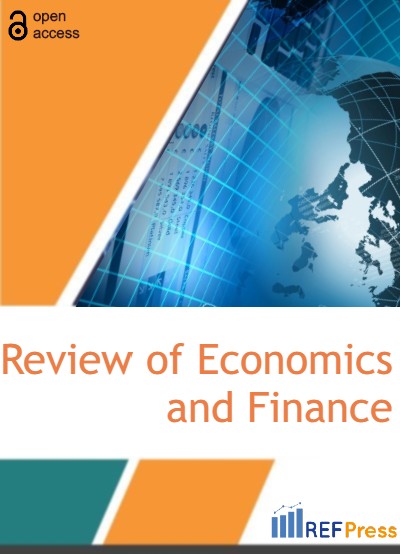
Economic Stability in Lebanon: How the Interest rate and the Money Supply affect the Current Account Balance and the Trade Balance
(Pages 456-474)Racha Mohamad Arab Ghayad1,*, Mohamad Ali Hamdan2 and Ghada Haidar Khalife3
1Assistant Professor, Head of Finance Department, Faculty of Economic Sciences and Business Administration, Lebanese University, Lebanon.
2Assistant Professor, Head of Marketing Department, Faculty of Economic Sciences and Business Administration, Lebanese University, Hadath, Lebanon.
3Faculty of Economic Sciences and Business Administration, Lebanese University, Hadath, Lebanon.
DOI: https://doi.org/10.55365/1923.x2023.21.47
Abstract:
The most important speech in Lebanon today is the economic stability that is going through new stage. Economic stability can be divided into three main categories: market stability of goods and services, monetary policy stability, and stability of the foreign exchange market. Monetary policy transmission channels through bank credit and capital play a constructive role for GDP growth, that will in return conduct the external balance. The goal of this study was to examine the long-term effect of the monetary policy on the external balance in Lebanon (2002-2020). The analysis adopted the Quantitative Method using Econometric techniques to achieve the main objective of this research. Although, the Johansen Test for cointegration, and Vector Error Correction Model was used to capture the long-term relationship among variables. Thus, the empirical findings indicate that the current account balance, the trade balance, the interest rate, and the Money Supply are co-integrated, indicating the presence of an equilibrium relationship that binds all these factors together. In addition, the findings of the Long-term show that the money supply, and interest rate have a negative significant impact on the Current Account Balance. On the contrary, the money supply has a negative significant impact on the trade balance, while the interest rate is negligible in affecting the Lebanese trade balance during the analysis period.
Keywords:
Current Account Deficit, Trade Balance, Monetary policy, interest rate Lebanon, Cointegration, Vector Error Correction Model.
How to Cite:
Racha Mohamad Arab Ghayad, Mohamad Ali Hamdan and Ghada Haidar Khalife. Economic Stability in Lebanon: How the Interest rate and the Money Supply affect the Current Account Balance and the Trade Balance. [ref]: vol.21.2023. available at: https://refpress.org/ref-vol21-a47/
Licensee REF Press This is an open access article licensed under the terms of the Creative Commons Attribution Non-Commercial License (http://creativecommons.org/licenses/by-nc/3.0/) which permits unrestricted, non-commercial use, distribution and reproduction in any medium, provided the work is properly cited.
